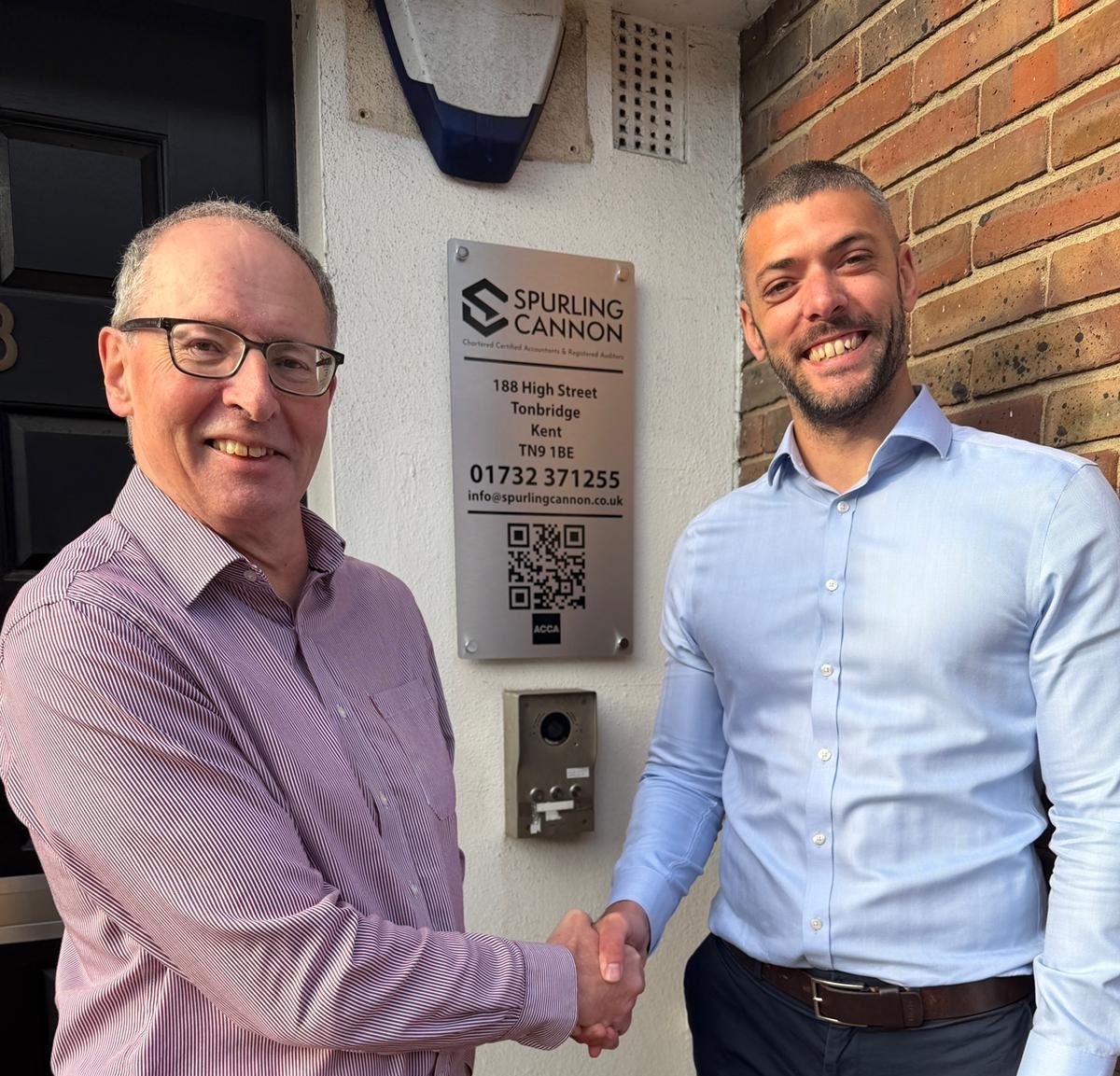In October, we wrote about the Self-Assessment registration deadline (the 5th). Hot on the heels of this, you may receive communication in the following weeks or months from HMRC about the requirement to complete a Self-Assessment tax return. The thing that stands out from the communication is HMRC’s use of the phrase ‘You don’t need to be an expert to do your tax return‘. This massively simplifies an annual process that can be very complicated and time-consuming. That is why there are experts and we strongly advise you contact them. Getting your tax return wrong can be costly.
HMRC’s planned communication will take place from 24 October 2023 until mid-January 2024. It focuses on the following key topics:
- How Do I Fill in my Online Tax Return?
- Do I Need to Fill in a Tax Return?
- What Happens if I Can’t Pay the Tax Bill?, and
- How Do I Check How Much Tax I Owe?
The 2nd topic is probably the most important. Not everyone needs to fill in a tax return and HMRC point to their ‘check if you need to complete a tax return‘ tool. This tool will say whether you must register and then, if you do, give you the advice that the registration deadline for 2022/23 tax returns was 05 October 2023 and if you hadn’t registered you could be fined.
It is very important to know that if you have registered, HMRC will expect a tax return. If they are expecting one and do not receive one then you can also be fined for that. So, if you don’t have to complete one, you must let HMRC know when there is no longer an obligation to complete one.
In current times, it is also worth looking at point 3 which considers tax due but cannot be paid. There are two options here:
- It may be possible to set up a payment plan where the tax can be paid in instalments (called a Time to Pay (TTP) arrangement), or
- If tax can’t be paid in instalments, contact HMRC
We advise you to take any communication from HMRC seriously, as the opportunities for penalties in this area are wide.


